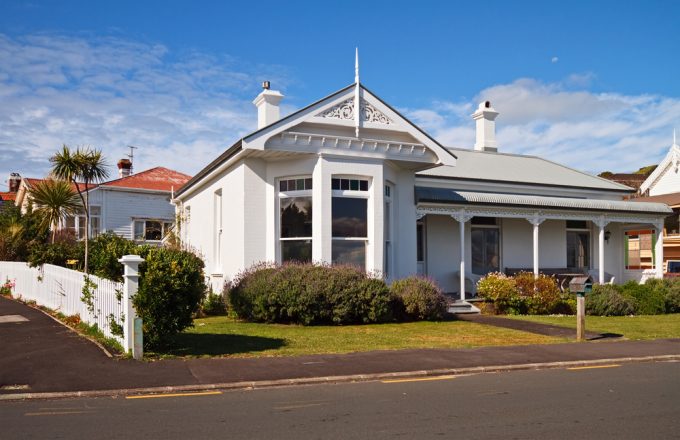10月、初めて住宅を購入する人の住宅購入のしやすさは、interest.co.nzの住宅ローン購入能力レポート(Home Loan Affordability Report)が2004年に始まって以来の低水準に達しました。
このレポートは、初めて住宅を購入する人の住宅購入の余裕度を示す3つの指標、すなわち下位4分の1の住宅の平均価格、住宅ローンの金利、25-29歳の平均給与を測定するものです。
これらの情報から、初めて住宅を購入する人が10%の頭金を貯めるにはいくら必要か、いくら借り入れをする必要があるか、そして毎週の住宅ローンの支払額はいくらか、を算出します。
住宅ローンの支払いは、手取り収入の40%以上に達すると、手が届かないとみなされます。
10月の価格では、全国平均の下位四分位値61万ドルの住宅を購入するために、初めて購入する人は10%の頭金として6万1000ドルを貯め、54万9000ドルを住宅ローンで借りる必要があります。10月の平均的な2年固定金利5.88%での住宅ローンの支払い額は、週当たり849ドルになりました。
25~29歳の夫婦の税引き後給与の全国平均は、10月で週1835ドルでした。つまり、住宅ローンの支払いは手取り収入の46%を消費することになり、とても手が出せない領域に入ります。
昨年11月に住宅価格がピークに達して以来、全国的な住宅ローンの買いやすさの指標は、40%を超える水準で推移しています。さらに現在も上昇を続けており、住宅ローンの買いやすさはますます悪化しています。
低い水準の住宅に対する住宅ローン購入余裕度指標で40%を下回っているのは、マナワツ/ファンガヌイ、タラナキ、オタゴ、サウスランドだけです。
しかし、オタゴは税引き後給与の39.97%で、基準値をわずかに下回っており、国内では3つの地域だけが「余裕のある」状態となっています。
レポートによると、20%の頭金を用意できる購入者にとっては手頃な価格であるとしていますが、平均的な収入の大多数の第一次住宅購入者にとっては、困難であるとしています。



















































-360x245.jpg)









